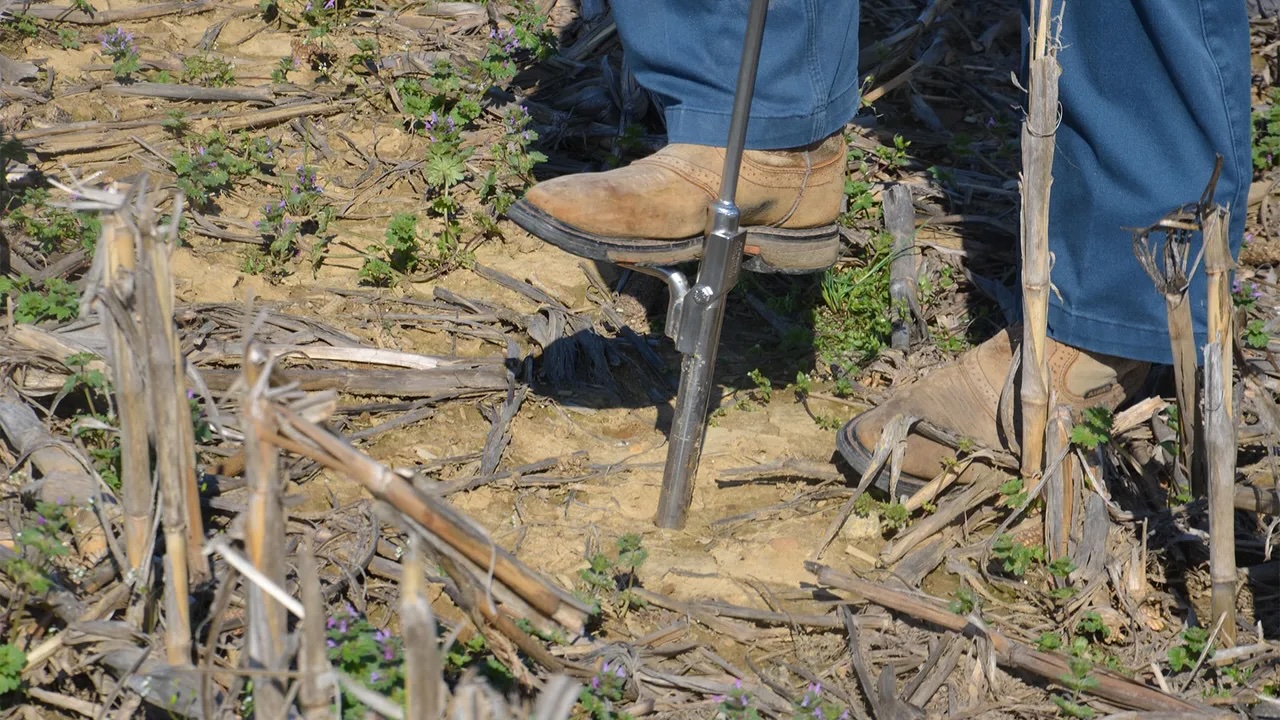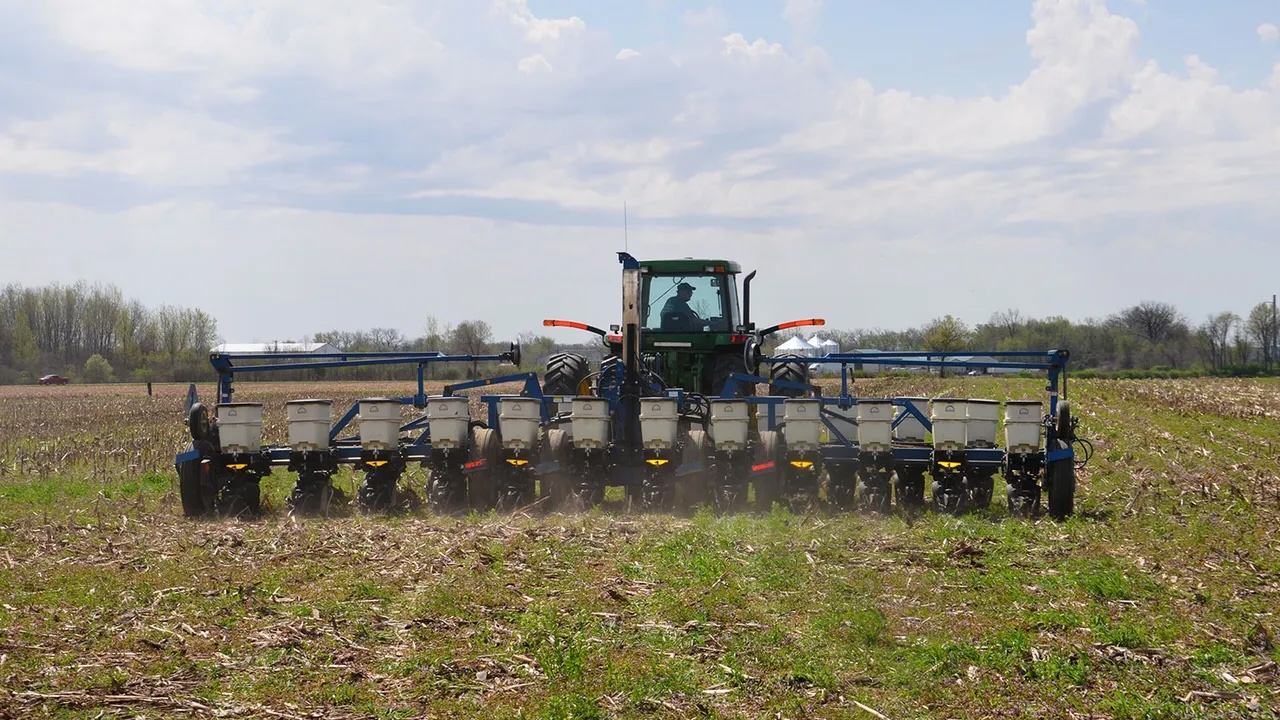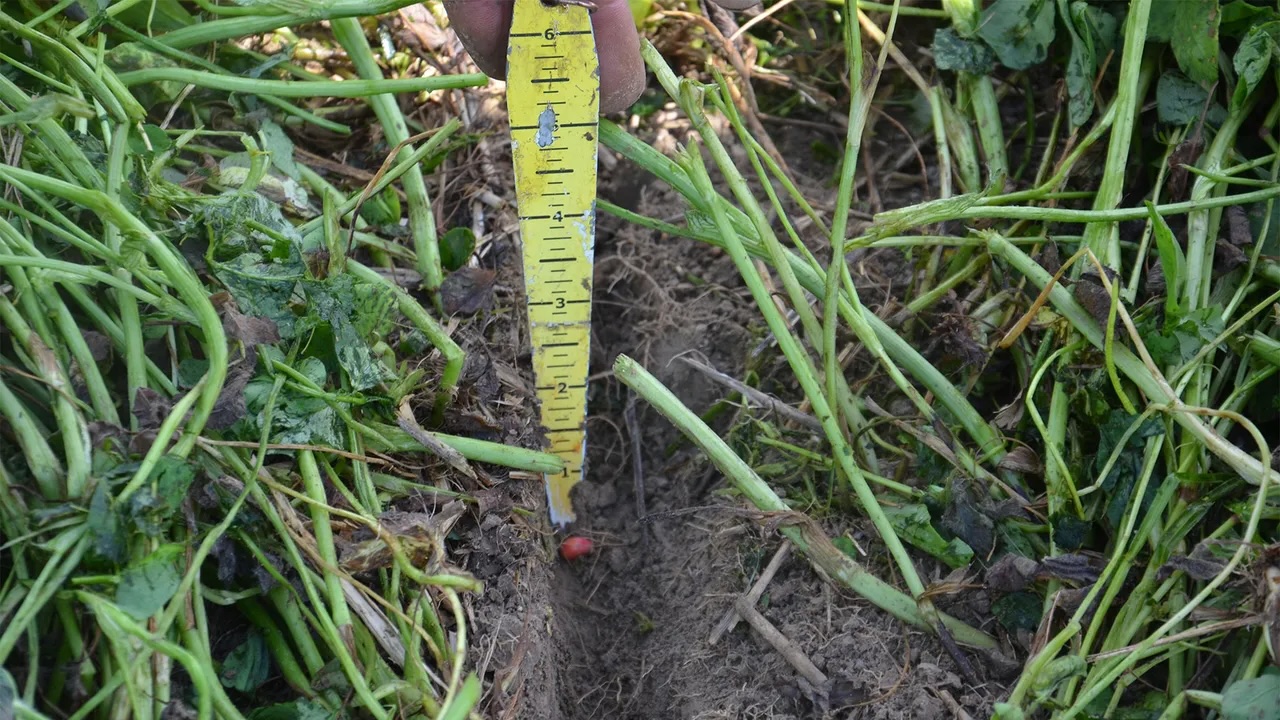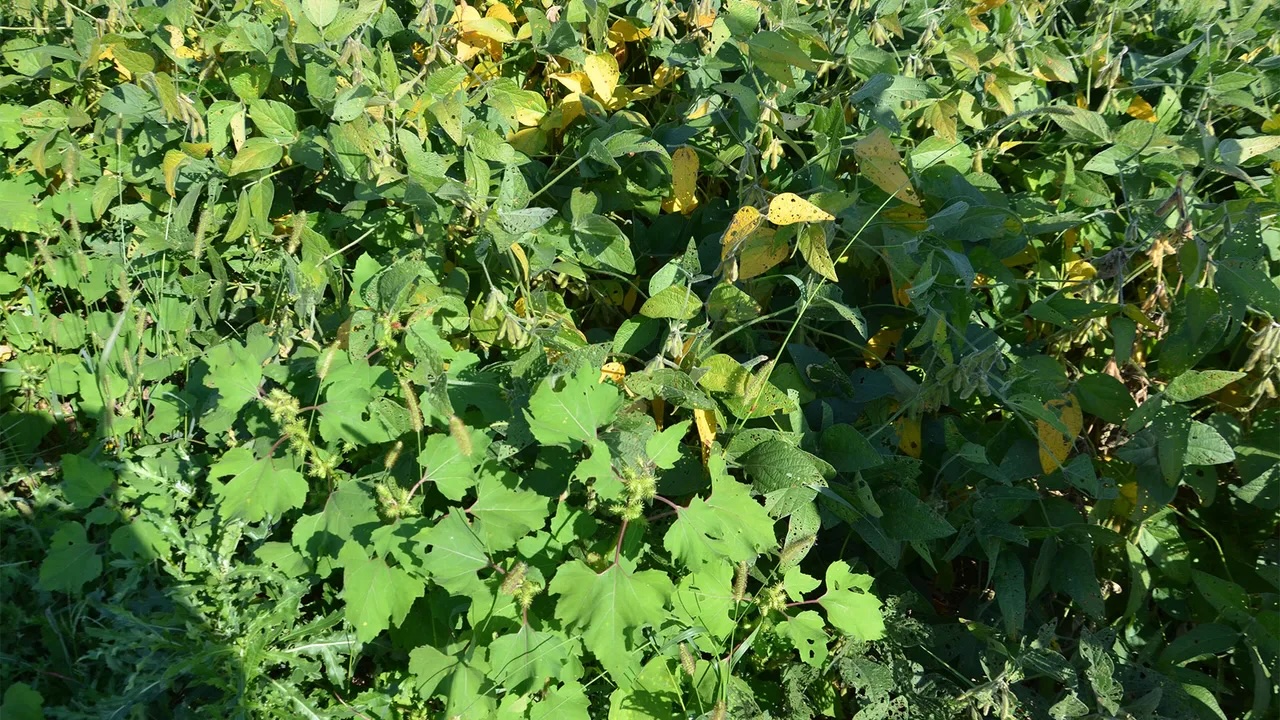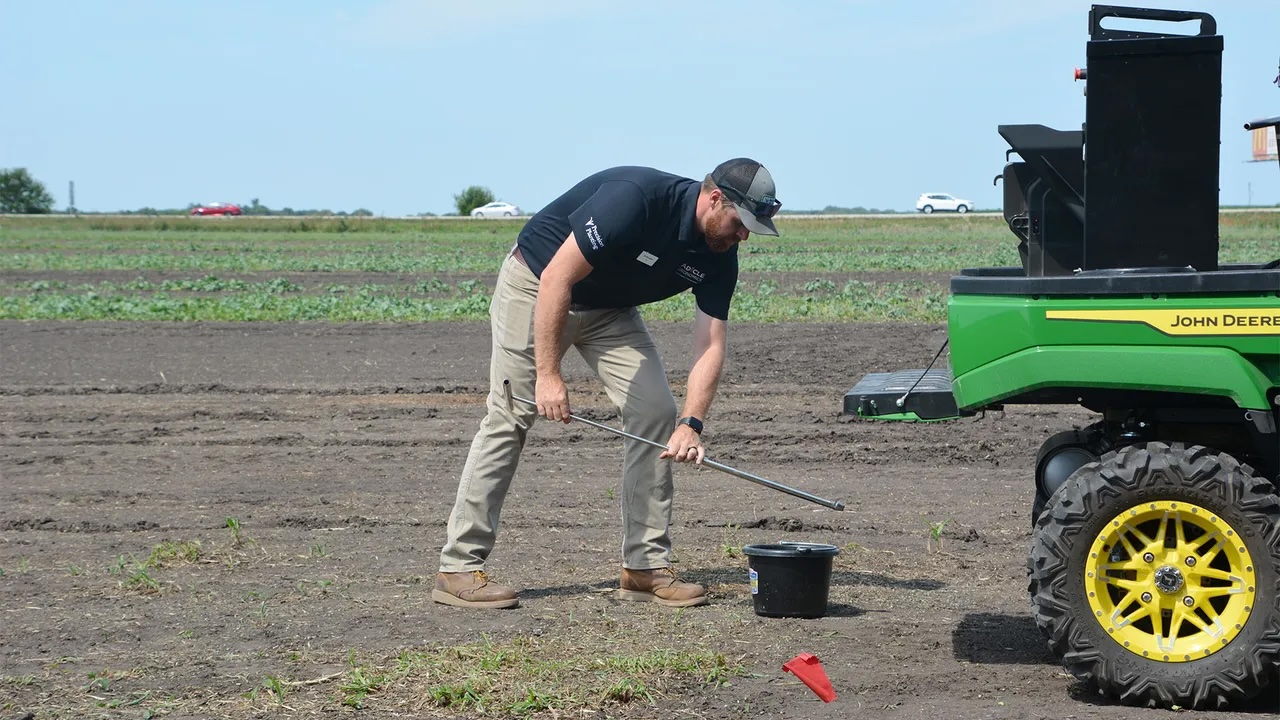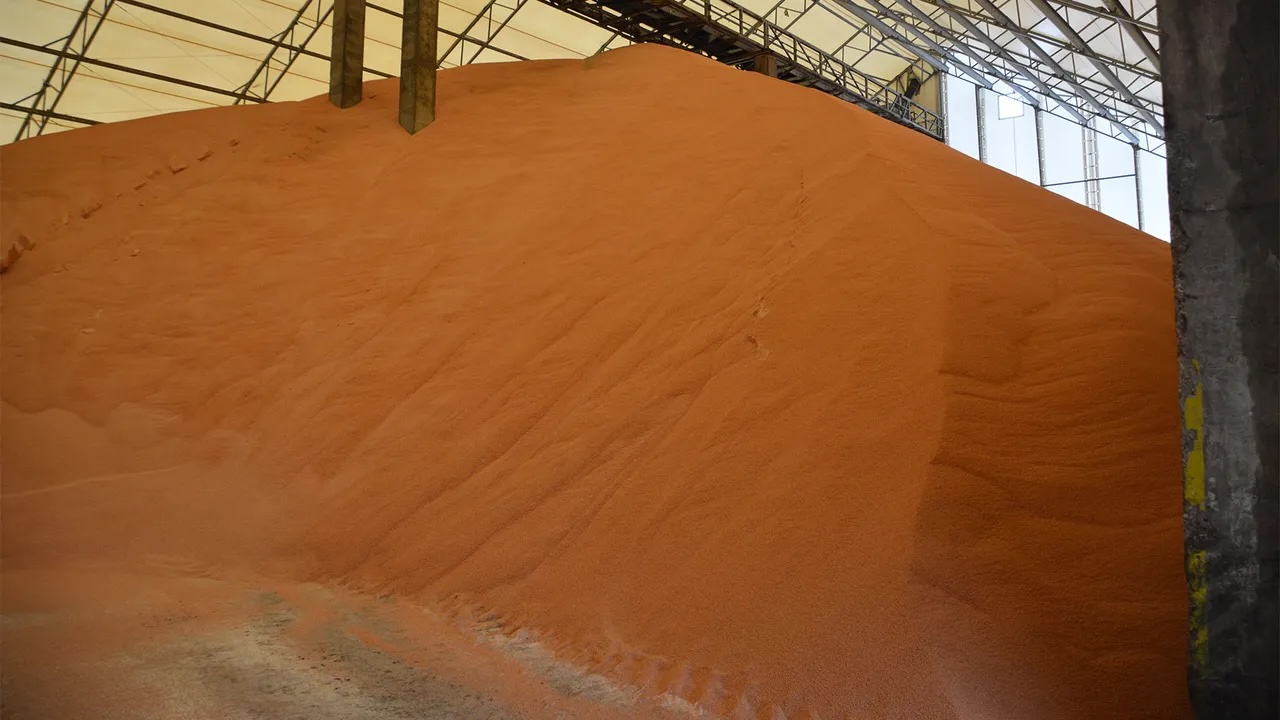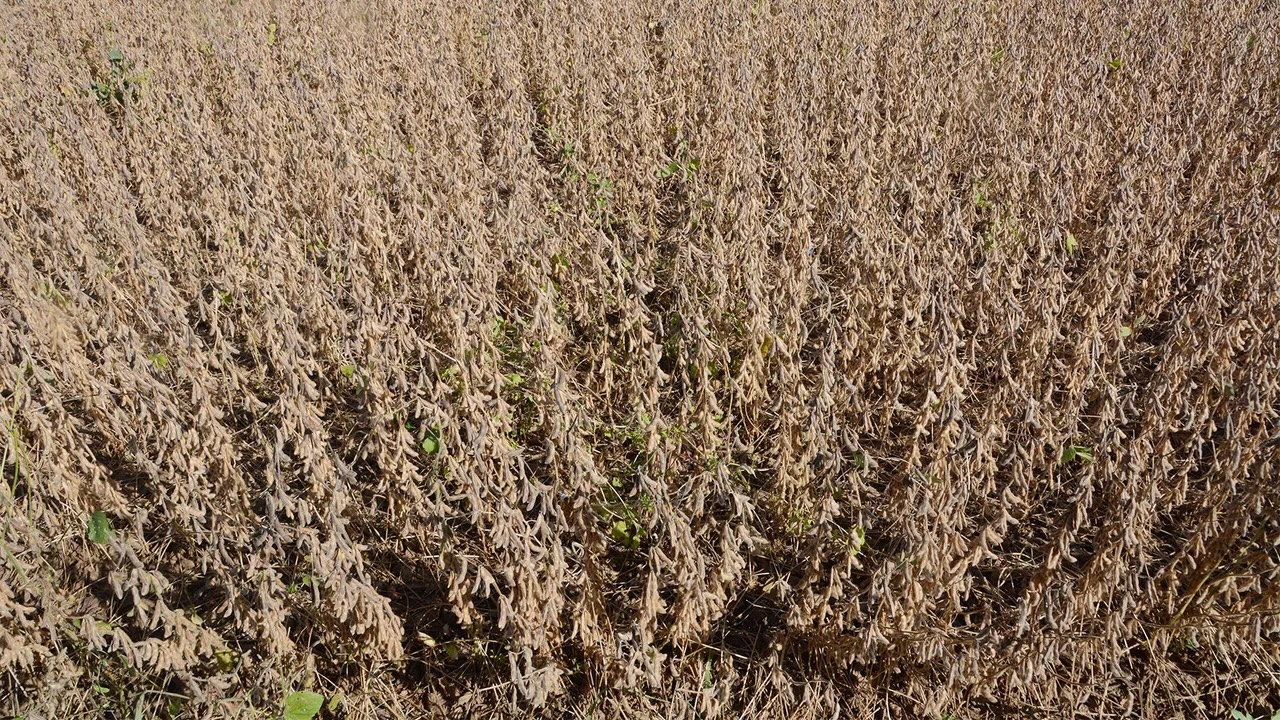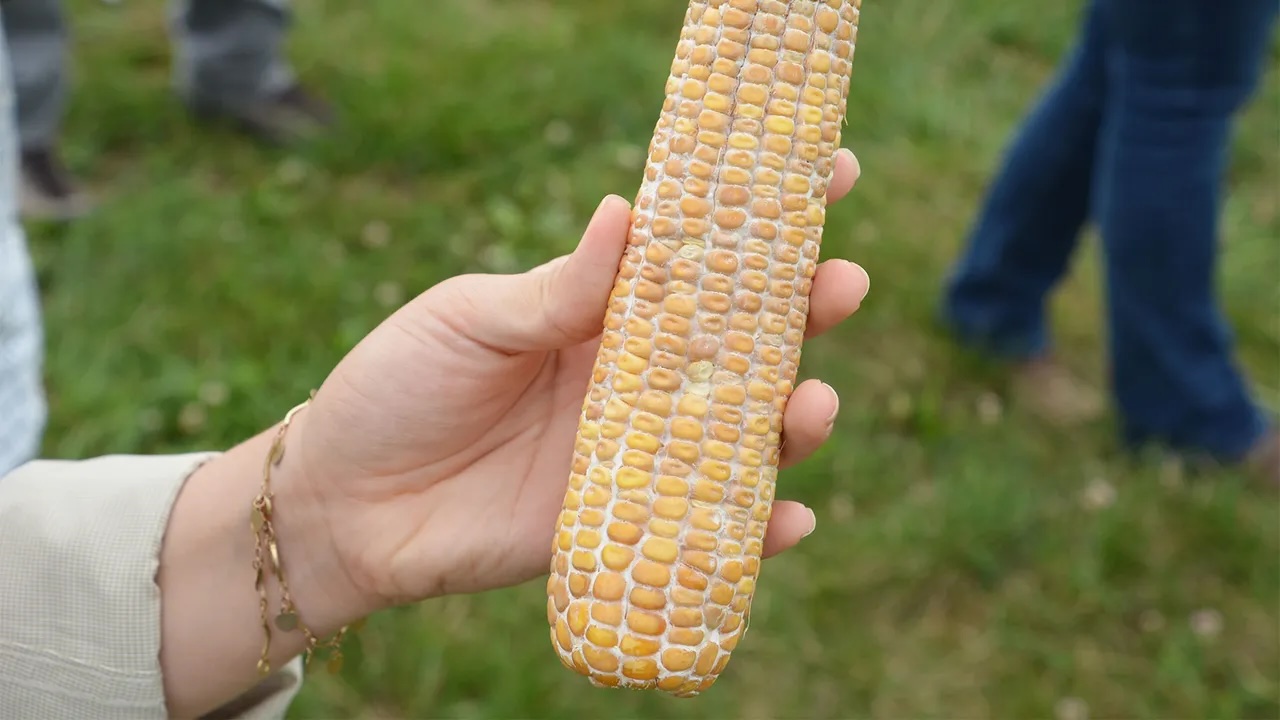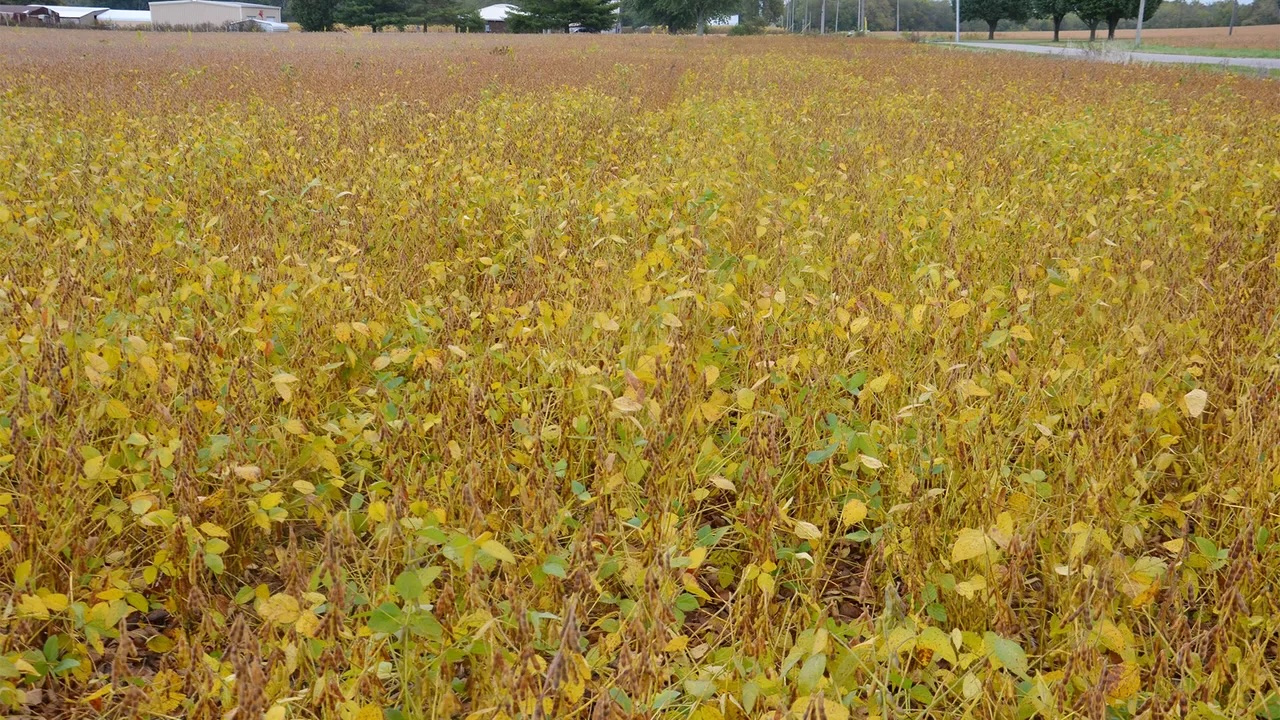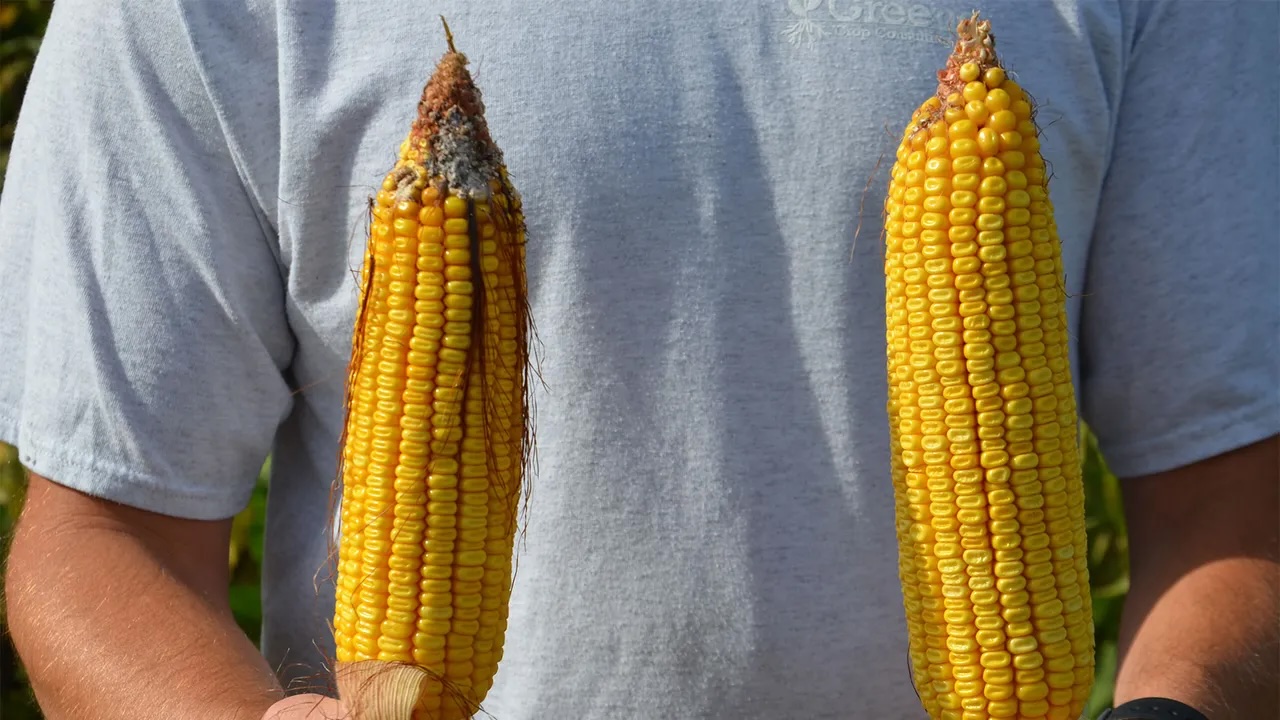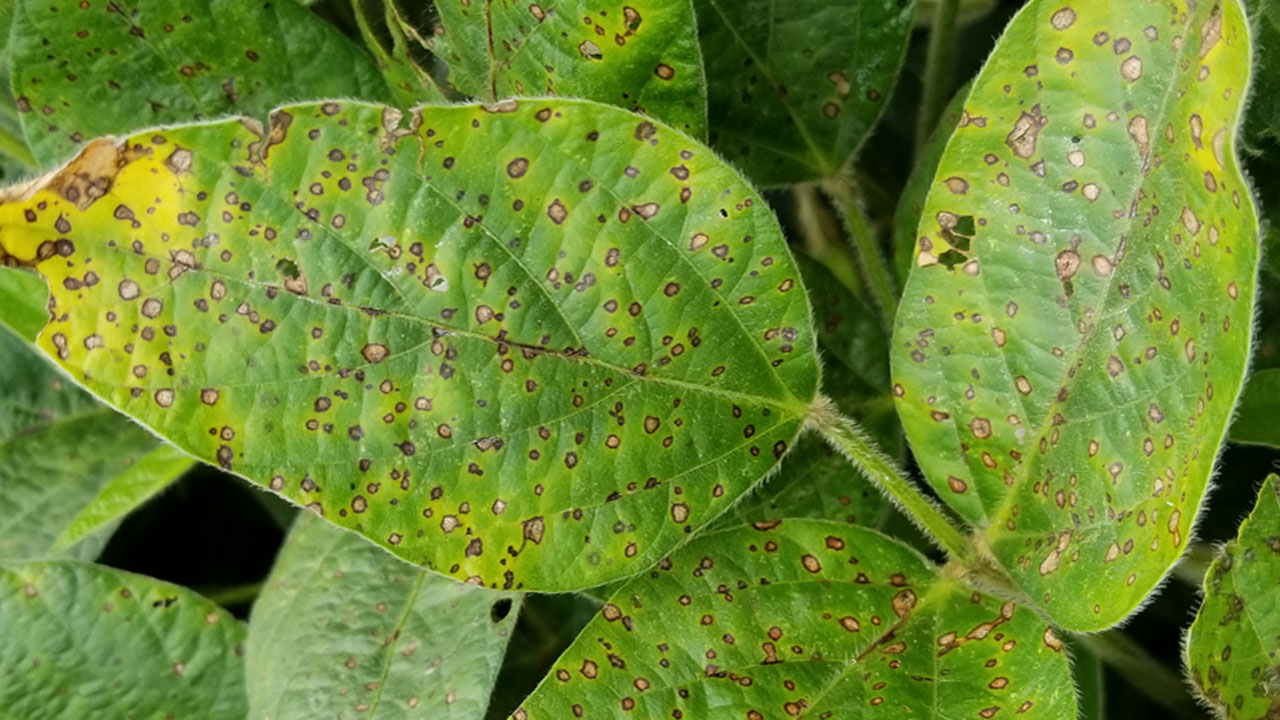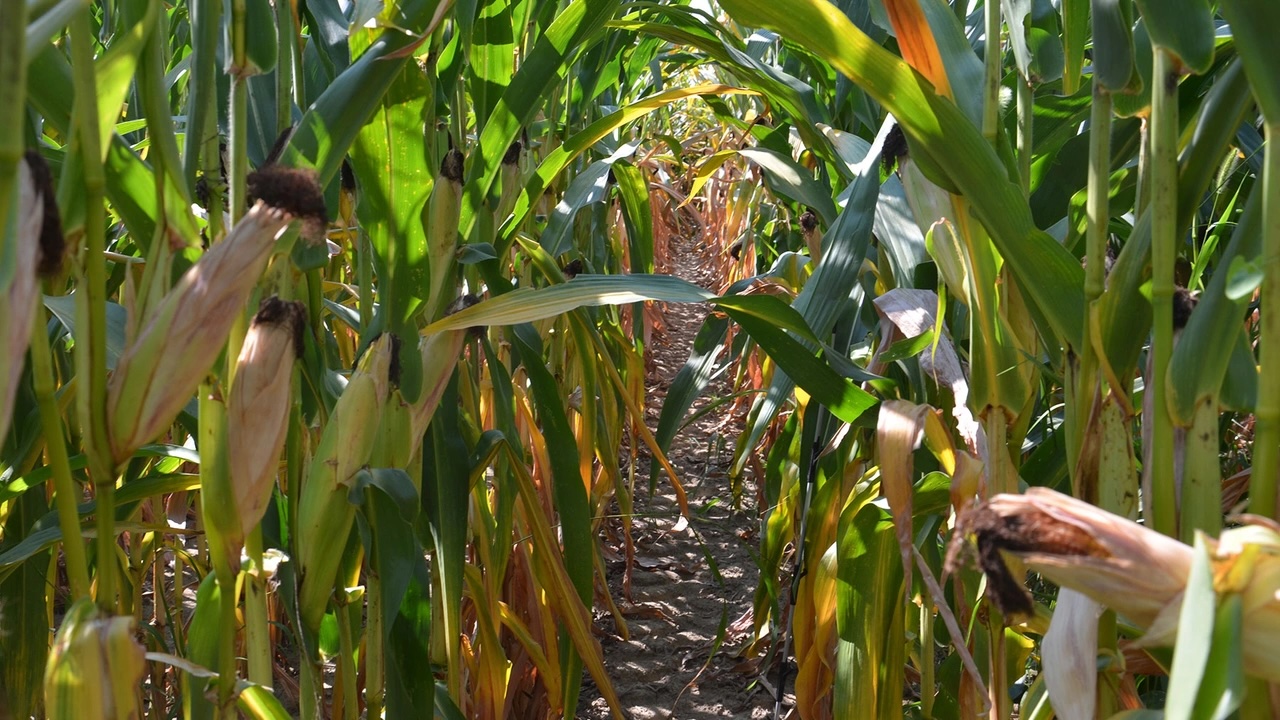Thin soybean stands don’t always need a replant
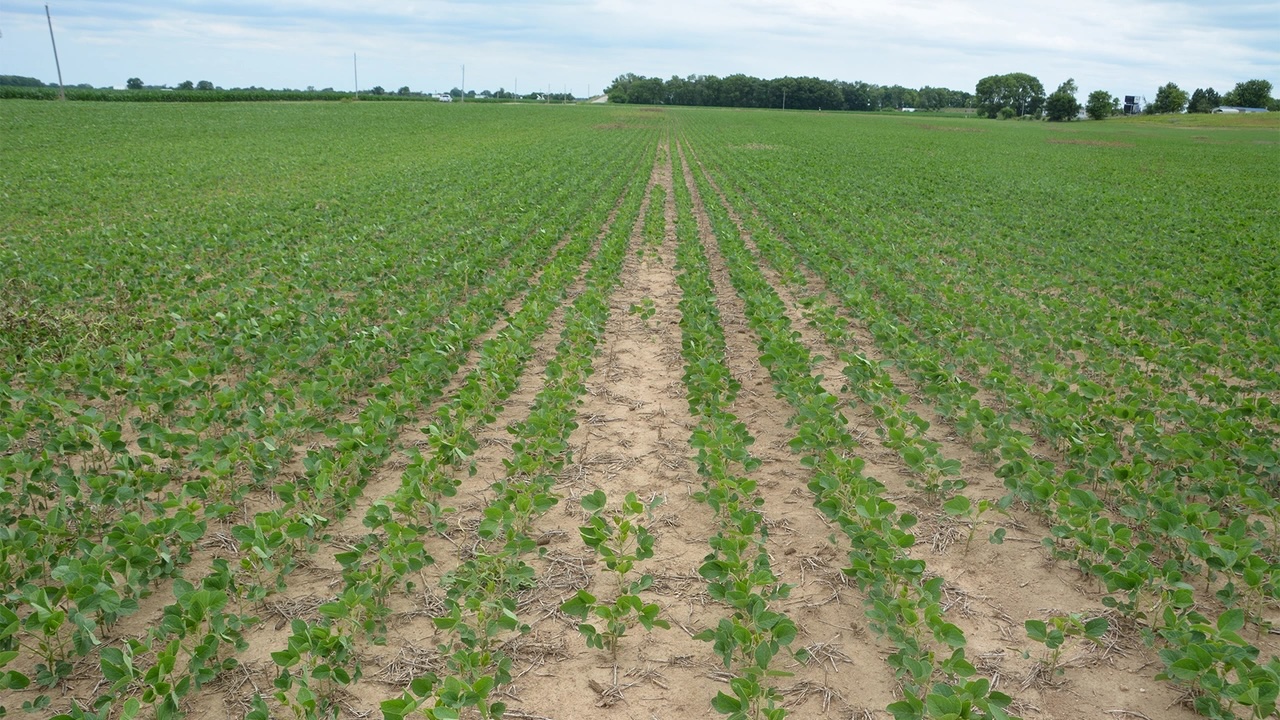
Answers are from the Indiana certified crop adviser panel: Gene Flaningam, Flaningam Ag Consulting, Vincennes; Carl Joern, Pioneer, Lafayette; and Greg Kneubuhler, G&K Concepts, Fort Wayne.
We tried to plant soybeans early this year, and our stand is looking spotty. How do I decide whether to pull the trigger on a replant?
Flaningam: Evaluate stands shortly after full emergence to make a timely replant decision. Final stands need to be uniform across the field. You don’t want skips that allow sunlight to penetrate the crop canopy and let weeds develop later in the season. Stands in the range of 80,000 to 100,000 plants per acre are sufficient if they are uniform and healthy.
Joern: This situation largely comes down to the will and decision-making of the planter tractor driver. The first step is identifying which areas of the field need attention. Gaps in soybean stands can be as wide as 2 feet between plants before you start seeing a noticeable impact on yield. The challenge, however, is addressing stand uniformity across the field.
The easiest part of this equation is deciding what to do with the data gathered from your stand counts. Research from Purdue University supports leaving stands down to 80,000 plants per acre because the soybean field will naturally thin itself to around 80,000 to 100,000 plants by harvest.
For fields with stands below 65,000 plants, it’s time to “thicken up” the stand. The gray area falls around 70,000 plants. While soybeans under perfect conditions and with intensive management can still yield, there’s little margin for error at this level.
Most soybean planters struggle to run anything much lower than 80,000 seeds per acre. The process of second planting will inevitably result in some plants getting run over, but it’s important to combine the existing stand with what you intend to seed a second time to avoid planting too many second-planted beans. If you plant too many, they may end up competing for nutrients and sunlight without effectively contributing to pod development and yield. Ultimately, I’d rather deal with a field that has second-planted beans with few pods than one where waterhemp has become the primary competition.
Kneubuhler: Evenness is key to soybean stands. You don’t want bare spots, as they produce nothing. What matters the most is having an even stand across the field rather than having a lot of bare areas. As long as they are even and you can have populations in the range of 80,000 to 100,000 plants per acre range, you can still raise 100% expected yield. If you have areas of 100,000 and areas of 50,000 or zero, it’s time to think about a replant.
Also, factor in any disease or seedling rots that may be apparent to be sure you won’t lose more stand than what you’ve already lost when deciding to pull the trigger on a replant. It’s quite amazing how thin of stands you can get away with and still achieve great yields. It’s easy to want to “fix it” and add to your populations or start over, but understand that thin populations can still perform well.


